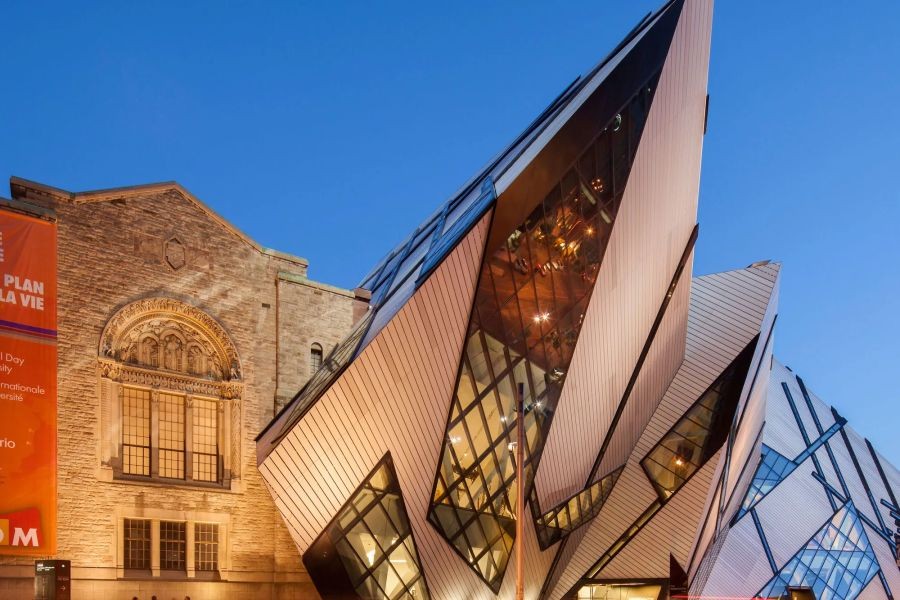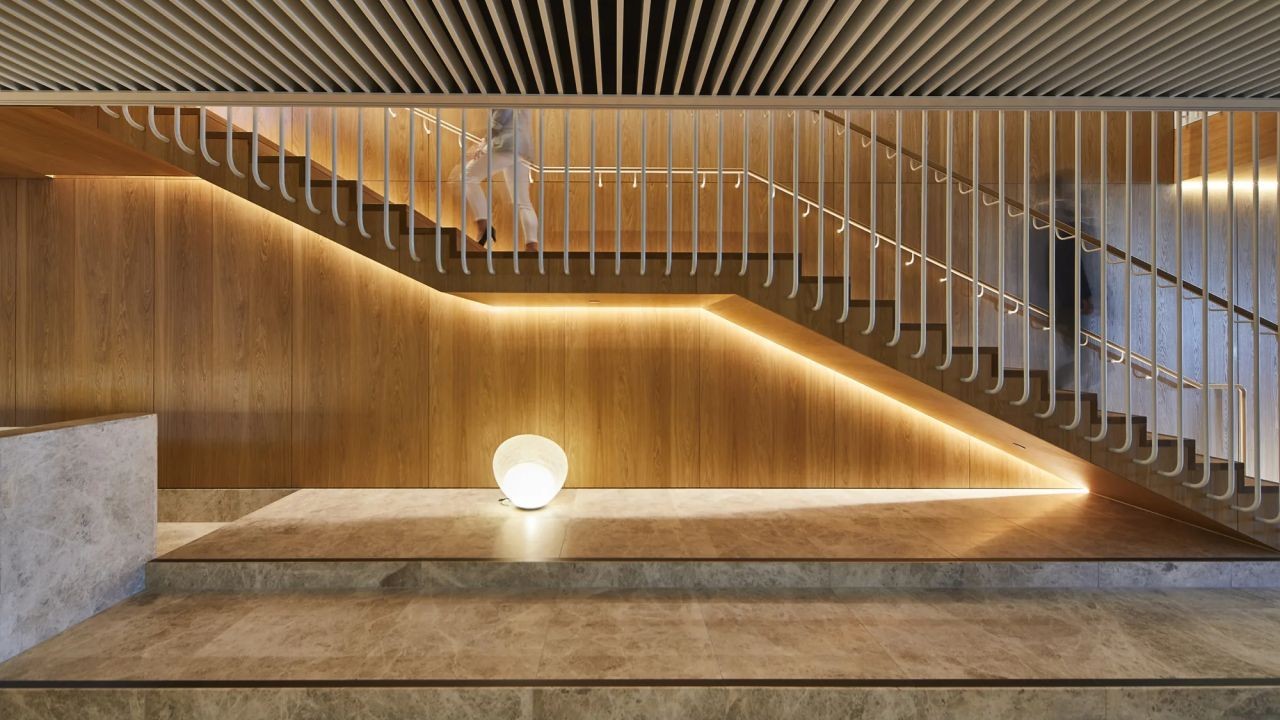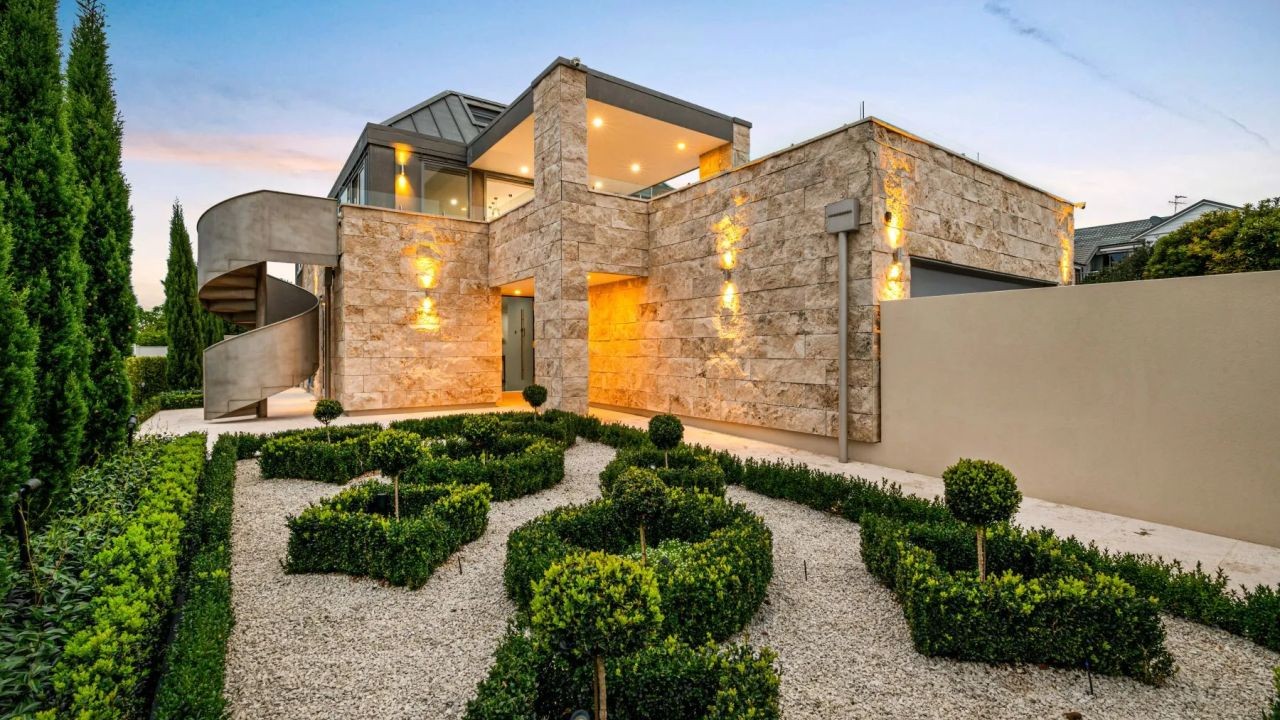Amidst the picturesque landscapes of New Zealand, where rolling hills meet the ocean and ancient Maori culture intertwines with modern lifestyles, a unique architectural challenge emerges: blending traditional and modern architecture in Kiwi homes. This fusion not only reflects the nation's cultural heritage but also caters to the contemporary demands of sustainability, functionality, and style. As the New Zealand housing market evolves, understanding how to harmoniously integrate these architectural styles offers both aesthetic and economic benefits.
Understanding the Architectural Landscape in New Zealand
New Zealand's architectural identity is a tapestry woven from its Maori heritage, colonial history, and modern innovations. Traditional Maori architecture, characterized by intricate carvings and natural materials, offers a spiritual connection to the land. In contrast, colonial influences introduced British-style cottages and villas, which have been adapted over the years to suit local climates and materials.
In recent decades, New Zealand has seen a rise in modern architectural designs emphasizing minimalism, sustainability, and technological integration. This shift is driven by changing demographics, environmental concerns, and economic factors. According to Stats NZ, the construction industry in New Zealand contributed approximately $18 billion to the economy in 2022, highlighting its significant impact on both the national economy and individual livelihoods.
Case Study: Wellington's Te Wharewaka o Pōneke
Te Wharewaka o Pōneke, located on Wellington's waterfront, serves as a prime example of blending traditional and modern architecture. The building's design incorporates traditional Maori elements, such as the waka (canoe) structure, while utilizing contemporary materials and technologies.
Problem: The challenge was to create a space that respects Maori culture while serving modern urban needs.
Action: Architects collaborated with iwi (tribes) to ensure cultural authenticity, integrating sustainable materials and energy-efficient systems.
Result: The building now stands as a cultural hub, attracting tourists and locals alike. It has increased foot traffic in the area by 30% and boosted local businesses.
Takeaway: The successful integration of traditional and modern elements can enhance cultural significance and economic viability.
Economic Implications of Architectural Blending
The integration of traditional and modern architectural elements can significantly impact property values and economic growth. A study by the Reserve Bank of New Zealand indicates that homes with distinct architectural features tend to appreciate faster than conventional designs. This appreciation not only benefits homeowners but also stimulates the local economy through increased property taxes and tourism revenue.
Moreover, modern architectural practices often incorporate sustainable technologies, which reduce long-term operational costs. Energy-efficient homes, for example, can lower utility bills by up to 30%, according to a report by the Ministry of Business, Innovation, and Employment (MBIE).
Pros and Cons of Blending Architectural Styles
Pros:
- Cultural Preservation: Maintaining traditional elements preserves New Zealand's rich heritage.
- Increased Property Value: Unique designs can enhance property appeal and market value.
- Sustainability: Modern technologies reduce environmental impact and operating costs.
- Aesthetic Appeal: The blend creates visually striking and harmonious living spaces.
- Tourism Boost: Unique architecture attracts tourists, bolstering local economies.
Cons:
- Higher Initial Costs: Custom designs and materials can be costly upfront.
- Regulatory Challenges: Navigating building codes and cultural sensitivities can be complex.
- Maintenance Complexity: Unique materials may require specialized upkeep.
- Potential for Overstimulation: Overly complex designs can overwhelm the senses.
- Cultural Sensitivity: Misinterpretation of traditional elements may lead to cultural appropriation concerns.
Debunking Common Myths
Myth: "Traditional architecture is outdated and lacks functionality." Reality: Many traditional designs are inherently sustainable, using natural materials and passive heating and cooling techniques that modern architecture often strives to replicate.
Myth: "Blending styles makes homes less valuable." Reality: Homes with unique architectural features often have higher market values, as evidenced by a 2023 report showing an average 15% value increase for such properties.
Myth: "Modern designs are not sustainable." Reality: Modern architecture frequently incorporates sustainable technologies like solar panels and rainwater harvesting, reducing a home’s carbon footprint.
Future Trends in New Zealand Architecture
As New Zealand continues to embrace architectural diversity, several trends are likely to shape the future:
- Smart Homes: Integration of IoT technology for enhanced energy management and security.
- Sustainable Materials: Growing use of eco-friendly materials like bamboo and recycled steel.
- Co-housing Models: Shared living spaces that emphasize community and resource efficiency.
- Biophilic Design: Incorporating natural elements to improve mental well-being and indoor air quality.
According to a Deloitte report, the demand for sustainable and smart homes is expected to grow by 25% annually in New Zealand, driven by both consumer preferences and regulatory changes.
Conclusion: Embracing the Future of Architecture
New Zealand stands at the forefront of architectural innovation, where the fusion of traditional and modern styles is not only possible but beneficial. This blend enhances cultural heritage, boosts economic growth, and provides sustainable living solutions. As the housing market evolves, embracing these architectural principles can lead to a more prosperous and culturally enriched future for the nation.
What’s your take on blending traditional and modern architecture? Share your insights below!
References
- Statistics New Zealand, Housing Market Reports
- Ministry of Business, Innovation, and Employment (MBIE) Reports
- Reserve Bank of New Zealand, Economic Analysis
- Deloitte, Future of Housing Report 2024
People Also Ask
- How does blending architectural styles impact New Zealand homes?Integrating traditional and modern styles enhances cultural value and increases property worth, with a potential 15% rise in market value, according to recent studies.
- What are common misconceptions about architectural blending?A common myth is that it decreases home value. However, research shows unique designs often appreciate faster in value.
- What future trends could affect New Zealand architecture?By 2026, increased demand for smart and sustainable homes could reshape the architectural landscape, as predicted by industry experts.
Related Search Queries
- Modern architecture trends in New Zealand
- Traditional Maori architectural elements
- Eco-friendly building materials New Zealand
- Smart home technology in New Zealand
- Co-housing communities in New Zealand
- New Zealand housing market trends 2025
- Biophilic design benefits
- Property value increase with unique architecture
- Building codes for sustainable homes in NZ
- Cultural sensitivity in architectural design































Nuru Secret
7 months ago